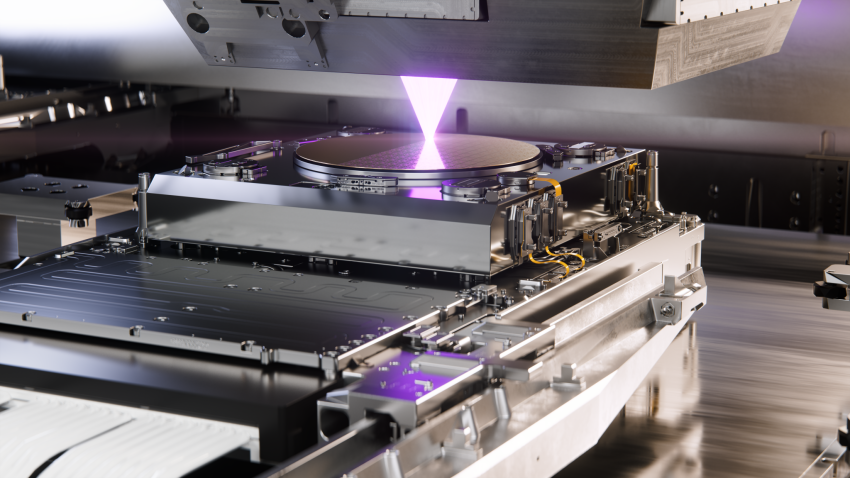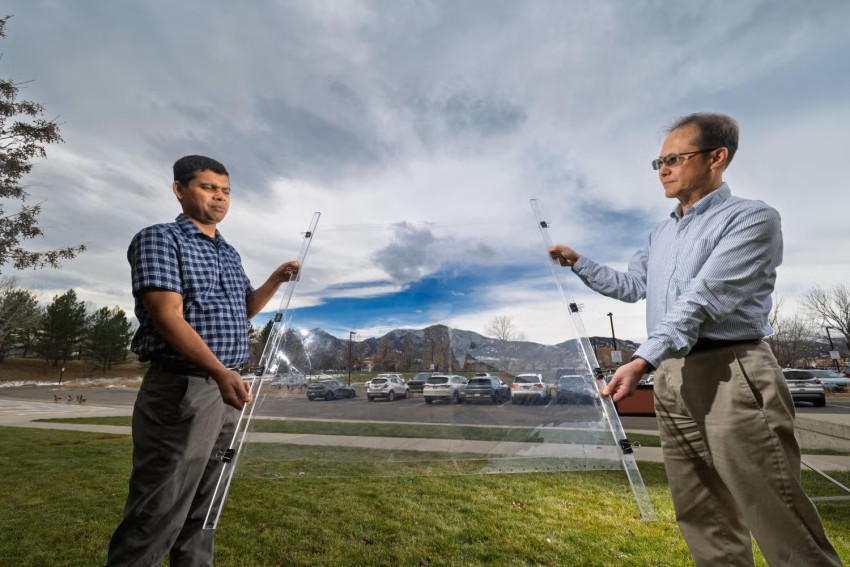
Test plant for combustion of powdered iron
A small factory is to be constructed in the south of the Netherlands for the combustion of powdered iron, supervised by Eindhoven University of Technology. This is a promising, sustainable alternative method for the generation of high-temperature heat, of which industry has a particular need. The university will collaborate with regional SMEs for this purpose.
The first industrial format installation is a continuation of the work conducted by Team SOLID, a student team at Eindhoven University of Technology. Last year, they already built a 20 kilowatt installation to test the process. The installation burns powdered iron and stores the heat in hot water.
According to the Eindhoven students, powdered iron can serve as a replacement for coal in order to heat water or air in industry. The metal powder burns at high temperatures, of up to 1800 degrees Celsius. This allows the generation of steam, that in turn has two possible applications. Firstly, industrial processes often use high-temperature steam, up to 450 degrees Celsius. The second application of the steam is in the generation of electricity, using a steam turbine.
Easily stored
An added advantage of powdered iron is that it can be easily stored for an extended period, as long as it is not exposed to oxygen. Researchers therefore believe that in the future it could also be used as a fuel for heavy goods vehicles and ships. Another form of energy storage is as hydrogen, though that requires compression and cooling. A powdered metal is much less complicated.
The new plant will have a capacity of 100 kilowatt. The goal is to move the technology of iron combustion out of the lab, and to prove that it is viable on an industrial scale. 'Sometime this summer, we'll start by proving at a company, the identity of which has yet to be announced, that powdered iron can produce sustainable steam for use in an existing industrial process,' explains Geert Vergoossen of Team SOLID.
Questions to answer
The plant will then be installed in Budel-Dorplein, in the southern province of Noord-Brabant, where the parties involved will conduct research. 'When further upscaling is required, there are plenty of questions yet to be answered,' says project leader Tim Spee of Eindhoven University of Technology. 'Which powders work best, how to gain the best flame properties and how to feed the powdered materials through the system, to name but a few.'
The province of Noord-Brabant is providing a 1 million euro subsidy to support the applied research into powdered iron. After all, ‘the energy transition requires the storage of energy, preferably in CO2-neutral fuels. Powdered metal seems to be a very good option, as it's easy and safe to store and transport,’ according to councillor Anne-Marie Spierings in a press release by the Province of Noord-Brabant (in Dutch).
Metalot Campus
The installation for combustion of powdered iron is the first factory on the new Metalot Campus. This has been designated as a site where companies in the field of energy and metals will be grouped together.
The combustion of powdered iron results in iron oxides. In order to fully utilise the sustainable promise of the process, the oxides must in turn be converted back into powdered iron. This is not the focus of the current project, though it can be achieved, using sustainably generated hydrogen for example.
This video shows how powdered iron combustion works:
https://youtu.be/N5iTxoHOdBY
If you found this article interesting, subscribe for free to our weekly newsletter!






